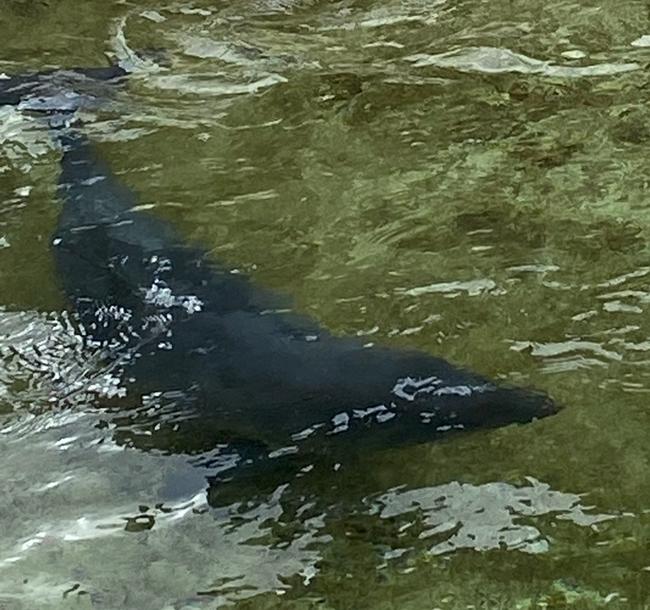Bib (Pouting) Trisopterus luscus

Bib (Pouting) Trisopterus luscus – Steenbolk
Taxonomy: The Bib belongs to the Gadidae family. Which also includes cod and haddock. Its scientific name is Trisopterus luscus.
Species: Bib, also known as Pouting. Is one of several species in the Trisopterus genus, recognizable by its distinctive dark spot on each side below the dorsal fin.
Reproduction: They reproduce by external fertilization. The females release eggs into the water, which the males fertilize. Spawning generally takes place during the colder months.
Habitat: Typically found along the coasts of Europe. From Norway to the Iberian Peninsula. Bib prefers rocky areas, reefs, and wrecks at depths between 20 to 300 meters.
Diet: Carnivorous, feeding mainly on small fish, crustaceans, and other invertebrates. Their diet helps control the population of smaller marine species.
Conservation: While not considered endangered, Bib populations are subject to commercial fishing pressures, particularly as bycatch in trawl fisheries.
Unique Anatomy: Bibs have a pronounced chin barbel that helps them sense prey. They also exhibit a sleek, elongated body typical of fish in the cod family.
Size: Typically grows between 25 to 40 cm, although some individuals can reach up to 45 cm.
Lifespan: Bib can live up to 6 years in the wild, though many are caught before reaching this age due to fishing.
Bib: A Common Yet Important Species in the North Sea
Bib, also called Pouting. Might not be the first fish that comes to mind when thinking about marine life. But it plays an important role in the coastal ecosystems of Europe. This fish, with its distinctive dark spot near the dorsal fin and chin barbel, is often found swimming near rocky areas, shipwrecks, and reefs, making it a common sight for divers in Zeeland and beyond.
What is a Bib?
The Bib belongs to the Gadidae family, sharing similarities with well-known species like cod and haddock. Bibs are small, sleek fish that can grow up to 45 cm, though most are smaller. Divers in Zeeland often encounter them near wrecks and rocky underwater landscapes, where they hunt small fish and invertebrates.
A Day in the Life of a Bib
Despite being small, Bibs are active predators, using their barbel to sense prey in the dark waters. They mainly feed on crustaceans, worms, and small fish. Their presence helps maintain a balance in the marine food web by controlling the populations of smaller species. Divers who explore deeper areas of Zeeland’s coast are likely to spot these sleek fish darting between rocks or hiding in the shadows of a wreck.
Reproduction and Life Cycle
Bibs spawn during the colder months of the year, typically between December and March. Female Bibs release thousands of eggs into the water, which are fertilized by the males. The eggs hatch into larvae, which drift with the currents until they develop into juvenile fish. Bibs can live up to 6 years, although they are often caught by commercial fishing before reaching this age.
Ecological Importance
Although Bibs are not endangered. They face pressure from commercial fishing. Particularly as bycatch in fisheries. Protecting their habitats. Like rocky reefs and shipwrecks. Is essential to maintaining healthy populations. Bibs play a critical role in marine ecosystems by helping to regulate the populations of smaller fish and invertebrates, making them an important part of Zeeland’s underwater world.
Conclusion
Bibs (or pouting), may not stand out like larger or more colorful fish. But they are a vital part of the underwater ecosystem. Their sleek bodies. Active hunting behaviors and important ecological role make them fascinating subjects for divers to observe. So! next time you dive into the waters of Zeeland. Keep an eye out for these small yet important fish.







